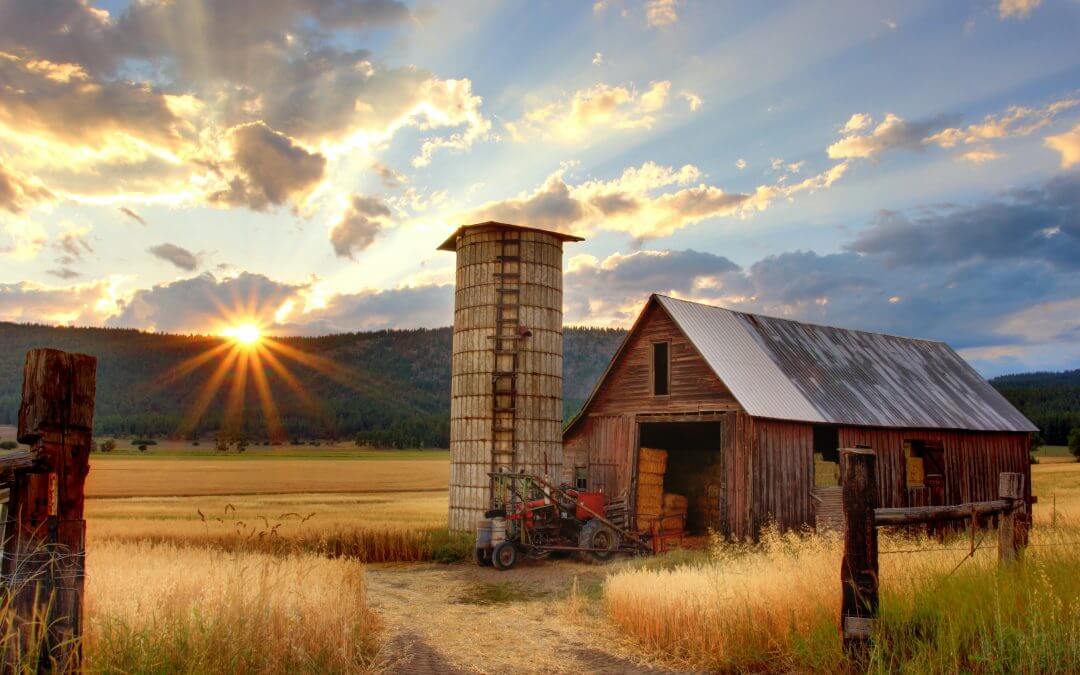Disinfecting your farm is something you should regularly be doing to help prevent the spread of disease.
It needs to be a systematic process, involving both cleaning and preparation, before disinfecting thoroughly using a reliable farm disinfectant.
Which areas require disinfecting?
- Farm equipment and machinery
- Facilities, including barns
- Feed storage
- Water troughs
- Animal pens
When using a farm disinfectant, all employees should also follow clear biosecurity practices, wearing appropriate personal protective equipment as necessary.
What Must You Do to Prepare for Disinfecting?
Before disinfecting, you will need to clean the relevant areas carefully and thoroughly.
This involves first sweeping up dry matter, then applying wet cleaning to surfaces and objects to remove caked-on dirt, dried feed and animal faeces.
However effective a farm disinfectant is, it will only work properly if you put in the hard cleaning work beforehand.
It is also important that whatever cleaning products you use will be compatible with the disinfectant you then apply.
For example, alkaline-based cleaners with a high pH value will work better with ammonium compounds found in some disinfectants.
When you clean in preparation for disinfecting, you will need to dry the surfaces thoroughly.
However, there could still be some cleaning agent left behind, which is why the compatibility between your cleaning agent and disinfectant is important.
When cleaning, use a good detergent which won’t corrode or otherwise damage the surfaces you apply it to. Also, consider using a degreaser first to help the water penetrate properly.
Once you’ve cleaned and dried all surfaces and equipment, you can start to disinfect.
What Kind of Farm Disinfectant Do You Need?
On the farm, you may be looking to target specific and common diseases and infections, but you should also be thinking in terms of as wide an effect as possible from your disinfectant.
Your disinfectant should also be fast-acting, as well as versatile, in providing several biosecurity functions at once.
You do not want it to leave any residue behind which could be harmful to either animals or humans.
It should also have government approval.
DEFRA produces a list of disinfectants approved for use in England, Scotland and Wales.
What Should Your Disinfection Process Involve?
Cleaning can eliminate much bacteria, but there will be a small, significant percentage left behind, which is why you require a good farm disinfectant.
The best way to safely disinfect your farm is to develop and follow a clear procedure for doing it.
The first part of this is the cleaning stage, which we have already gone through.
Next, systematically disinfect your farm, area by area.
You should disinfect:
- All bedding, side walls and gates of pens, hutches, barns and stables
- Walls and floors of pens, hutches, barns and stables
- Water troughs and tanks
- Buckets and nursing bottles
- Farm equipment and machinery
Make sure that you have the recommended personal protective equipment (PPE) for carrying out this task.
That should include eye protection and respiratory masks.
For some surfaces, you can use a misting disinfectant, via a spray application.
This is especially useful for roof areas, including around beams and eaves. Also, for where you have overhead lighting or electrics, and you cannot directly apply water for cleaning.
The longer your disinfectant has contact with a surface, the better.
Contact times will vary, depending on the type of disinfectant you use, and at what recommended dilution.
Remember to disinfect equipment and machinery as well as surfaces.
Remove all equipment first and clean it individually. Equipment should include items such as wheelbarrows, shovels and rakes, as well as equipment directly connected with animal feeding and watering.
By doing so, you can also ensure you don’t miss any parts of surfaces when applying disinfectant.
It is vital to disinfect water tanks and vessels, because water is a vehicle that can transmit many diseases.
You need to make sure all surfaces and equipment dry out thoroughly before use. In certain circumstances, you may want to apply a second layer of disinfectant.
Tips to Maintain a Biosecure Farm
Applying a farm disinfectant regularly should be at the centre of keeping your farm clean and safe.
However, you can also follow various day-to-day procedures to support the safety and biosecurity of your farm:
- Keep buildings in a good state of repair, and set traps or baits for rodents
- Check regularly for rain or storm damage, and prevent standing water near water systems
- Maintain good hygiene around crop harvesting and storage, including storing feed materials off floors, and cleaning storage areas around batch feed
- Keep covers on barrels and bins
- Clean water troughs, buckets and cups routinely and sanitise nursing bottles and buckets after each feed
- Segregate sick animals and only use sick pens for sick animals
- Provide a clean environment for livestock birthing
- Clean all manure from pens after use and disinfect walls and floors
- Change bedding before the next animal enters the pen
- Provide proper on-farm cleaning facilities for employees and insist on hand-washing before milking, or working with sick animals
- Use disposable gloves and boots to help prevent exposure to disease
- Wash farm work clothing diligently and regularly
The Next Generation Farm Disinfectant
Oxyl-Pro is a specialist disinfectant for use in agriculture. It is based on hydrogen peroxide, but without the use of silver or other heavy metals.
For more information about the Oxyl-Pro product range, please complete our contact form, call us on +44 1606 851 782, or email us at enquiries@oxylpro.com

